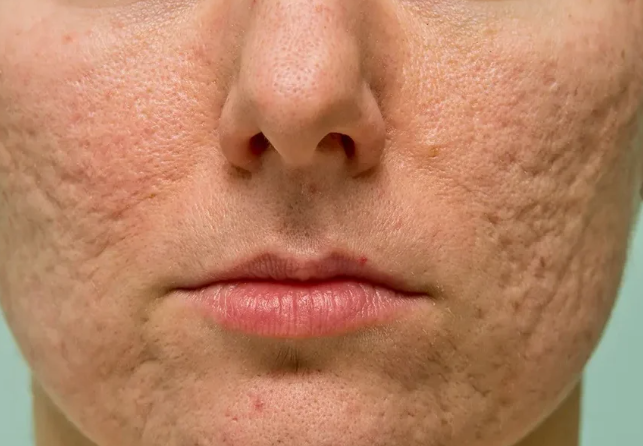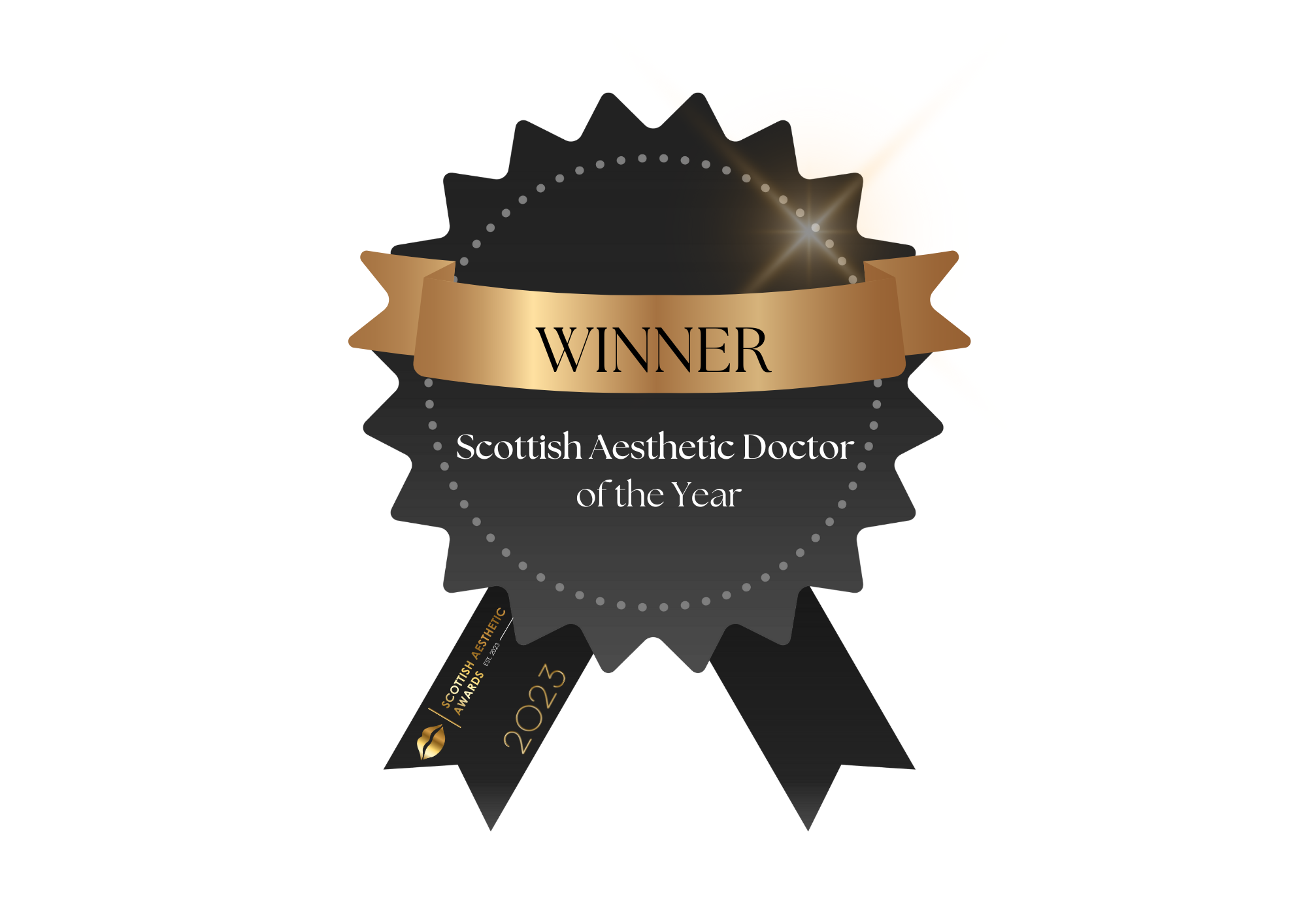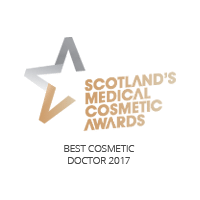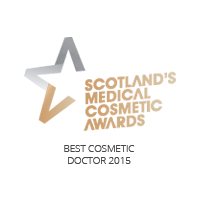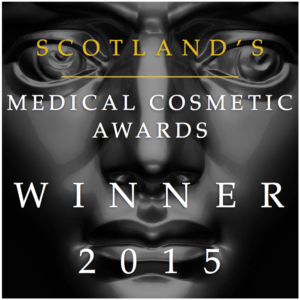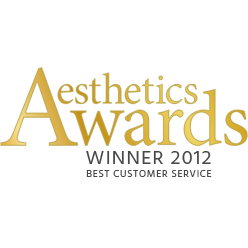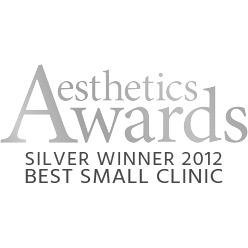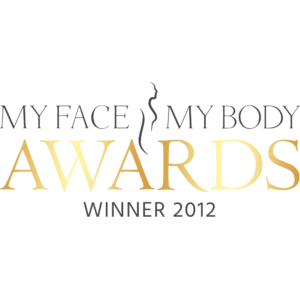The Real Face of Acne and Scarring: What You Need to Know—and Do About It
The Real Face of Acne and Scarring: What You Need to Know—and Do About It
Acne isn’t just a teenage rite of passage or a cosmetic nuisance. For many, it’s a chronic skin condition with the power to leave lasting physical and emotional scars. Whether you’re battling breakouts or dealing with the legacy they leave behind, understanding the why and how of acne and scarring is the first step toward reclaiming your skin—and your confidence.
From Pimple to Permanent: How Acne Becomes a Scar
When acne becomes inflamed—think deep cysts or painful nodules—the skin’s attempt to heal itself can sometimes go awry. The result? Scarring. There are several types:
- Atrophic scars: Depressed or pitted scars (like icepick, boxcar, or rolling scars) caused by tissue loss.
- Hypertrophic or keloid scars: Raised, sometimes itchy or tender, due to excess collagen during healing.
- Post-inflammatory hyperpigmentation (PIH): Dark marks left behind after spots heal—especially common in darker skin types.
The more inflamed the breakout, the greater the risk of long-term damage. Picking, squeezing, and aggressive treatments only increase that risk.
Your Skin Tone Matters: Fitzpatrick Types and Scarring Tendencies
The Fitzpatrick Skin Type Scale classifies skin by its response to sun exposure—from very fair (Type I) to very dark (Type VI). Why does this matter for acne?
- Darker skin tones (Types IV–VI) are more prone to PIH—those lingering dark marks that can last for months or years.
- Lighter skin tones (Types I–III) may experience more visible redness and are more susceptible to atrophic (indented) scarring.
Sun exposure makes everything worse. UV rays darken PIH, damage collagen, and delay healing. SPF is not optional—it's essential.
The Invisible Impact: Mental Health and Acne
The link between acne and psychological distress is well-documented. Low self-esteem, anxiety, depression, even social withdrawal—these are common experiences for people with visible acne or scarring.
In fact, studies have shown that the psychological burden of acne can be comparable to chronic conditions like asthma or diabetes. It’s not vain or trivial to want clear skin. It’s about well-being.
The Great Myths of Acne—Busted
Let’s clear up a few common misconceptions:
- “Acne is caused by poor hygiene” – Not true. Over-washing can actually irritate the skin and make things worse.
- “You just need to dry it out” – Harsh products strip the skin and trigger more oil production.
- “Only teenagers get acne” – Adult acne is common, especially in women due to hormonal fluctuations.
Lifestyle, Diet, and Stress: Do They Matter?
Yes, they do—but perhaps not in the ways you think:
- Diet: High glycaemic foods (sugary snacks, white bread) and dairy, particularly skim milk, may exacerbate acne in some individuals.
- Stress: Elevates cortisol, which can trigger oil production and inflammation.
- Sleep and exercise: Poor sleep and sedentary habits can negatively affect hormones and skin health. Regular activity, hydration, and sleep can improve resilience.
There’s no “acne diet,” but balanced nutrition, gut health, and anti-inflammatory habits can support better skin.
So, What Can You Do?
The good news? You’re not stuck with acne or its scars. Modern dermatology and aesthetic medicine offer a range of treatments:
- For active acne: Prescription medications, hormonal treatments, light therapies, and medical-grade skincare.
- For scarring: Microneedling, chemical peels, laser therapy, subcision, fillers, and targeted topical treatments.
The best approach is always individualised, taking into account your skin type, severity, and history.
Final Thoughts: Your Skin, Your Story
Acne is more than skin deep—but so is healing. Whether you’re 17 or 47, your journey to clearer skin deserves support, empathy, and evidence-based care. Don’t wait to “grow out of it” or suffer in silence.
